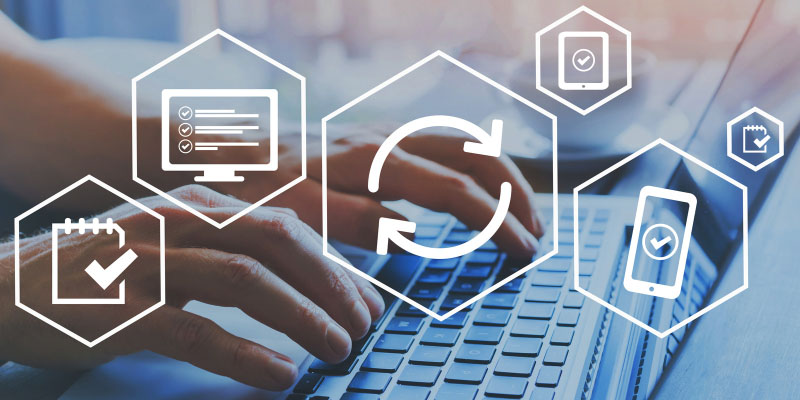Educational simulations have become increasingly important in business schools, as they provide an invaluable opportunity for students to apply theoretical knowledge to real-world scenarios. These simulations allow aspiring business leaders to hone their decision-making skills, adapt to rapidly changing situations, and develop leadership and problem-solving abilities. In this guide, we will explore the benefits of educational simulations for business schools and provide tips for maximizing their effectiveness.

Benefits of Educational Simulations for Business Schools:
- Enhance Learning: Educational simulations bridge the gap between theory and practice, enabling students to apply classroom knowledge in a controlled, risk-free environment. This hands-on approach fosters deeper understanding and long-lasting retention of key concepts.
- Develop Critical Skills: Simulations help students develop essential skills such as strategic thinking, decision-making, problem-solving, and leadership. By engaging in simulated scenarios, they gain experience in addressing challenges and can learn from their mistakes without real-world consequences.
- Boost Engagement: Interactive simulations engage students, making learning more enjoyable and motivating them to actively participate in the educational process.
- Foster Collaboration: Many simulations require teamwork, promoting collaboration and communication among students, and helping them learn the importance of working together to achieve shared goals.

Tips for Maximizing the Effectiveness of Educational Simulations:
- Choose the Right Simulation Software: Select a software solution that aligns with your educational goals and caters to your students' needs. Consider factors such as ease of use, customization options, and scalability when evaluating different software options.
- Assemble a Team of Experts: Ensure that the simulation is designed and implemented effectively by involving experts in modeling, analytics, and the specific business domain. This collaboration will result in a more realistic and engaging simulation experience for students.
- Integrate with Curriculum: Carefully incorporate educational simulations into your existing curriculum, ensuring that they complement and reinforce classroom learning. Provide opportunities for students to reflect on their simulation experiences and discuss how these insights relate to theoretical concepts.
- Use Realistic Data: To generate accurate and reliable results, simulations require sufficient, high-quality data. If possible, use real-world data to enhance the authenticity of the simulation and improve its educational value.
- Facilitate Debriefing Sessions: Encourage students to discuss their experiences and learn from their mistakes by conducting debriefing sessions after each simulation. These discussions can help identify areas for improvement and reinforce the lessons learned.

In conclusion, educational simulations offer significant benefits for business schools by providing students with practical, hands-on experience and fostering the development of critical skills. To maximize the effectiveness of these simulations, choose the right software, involve domain experts, integrate them thoughtfully into your curriculum, and utilize realistic data. By doing so, you will prepare your students for success in the dynamic world of business.




